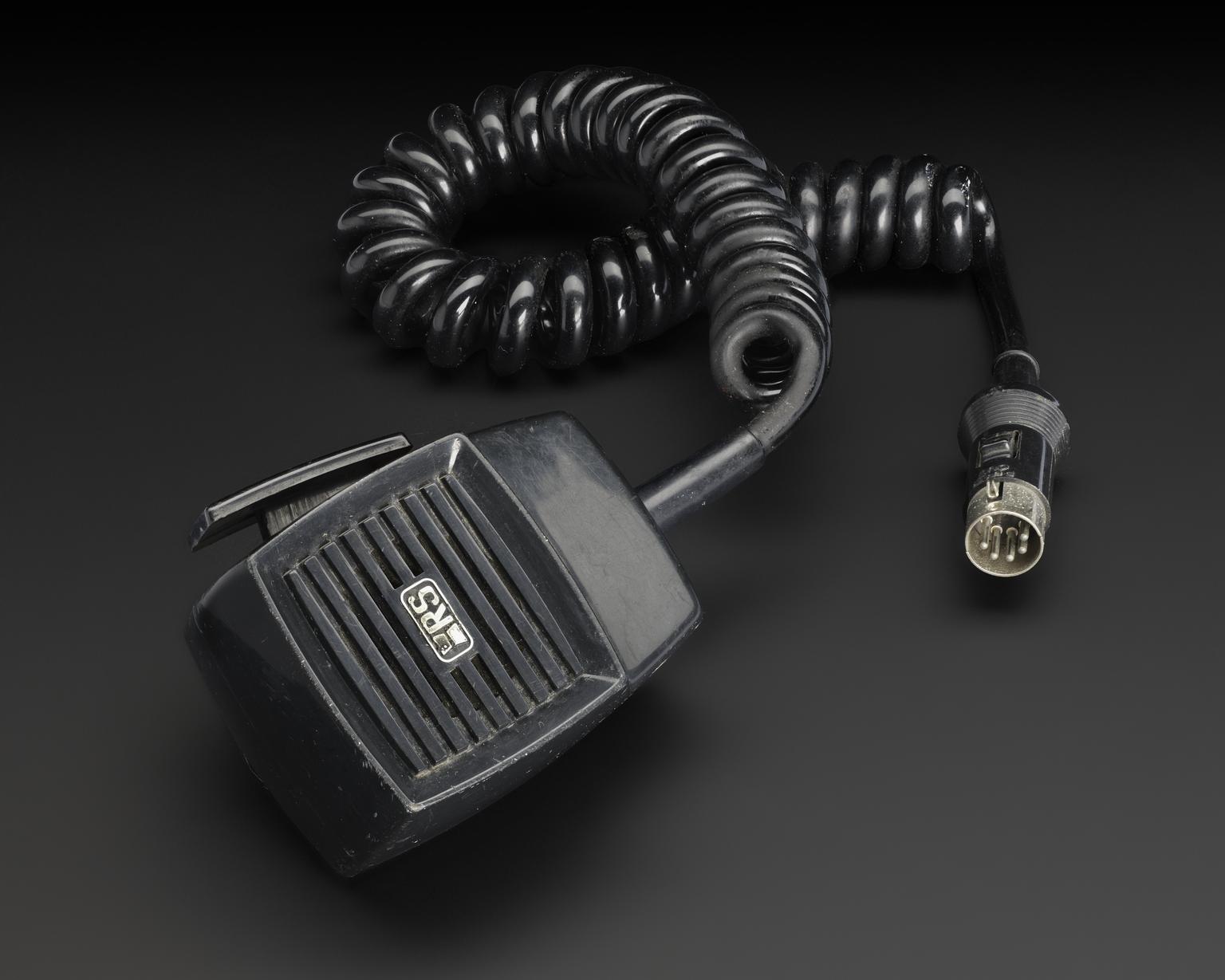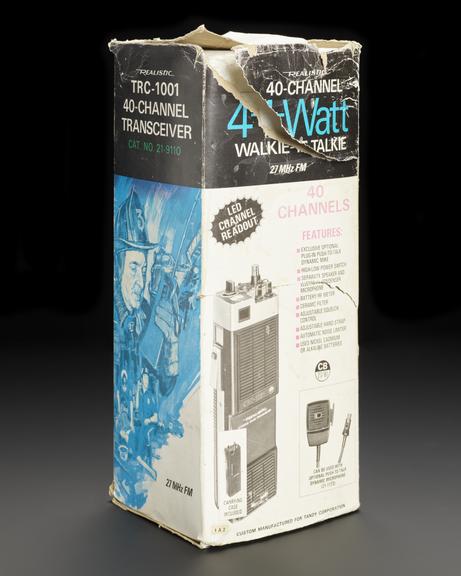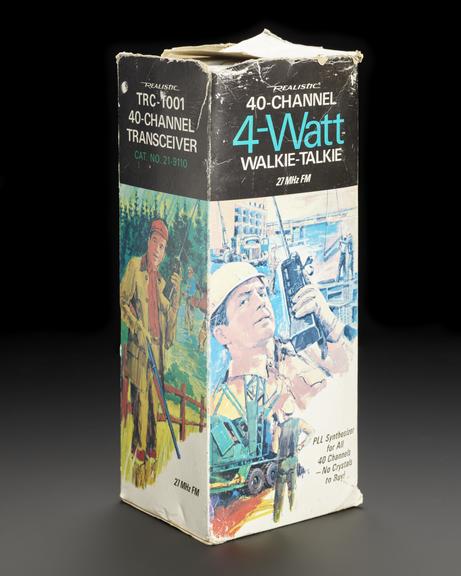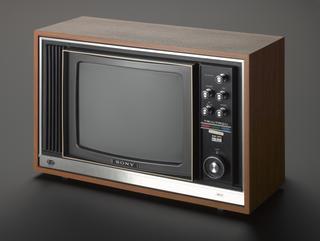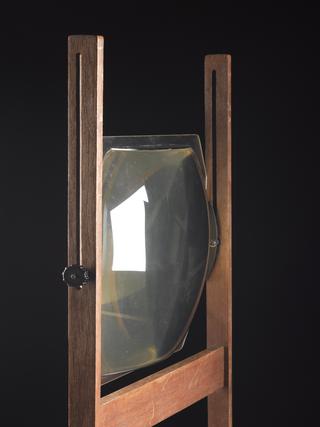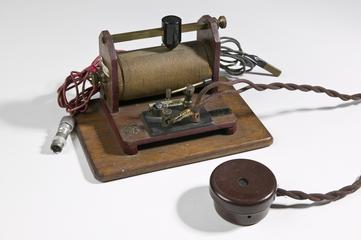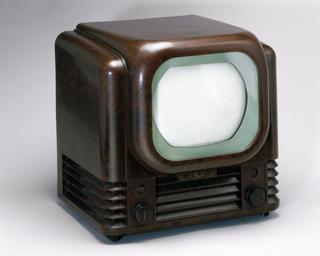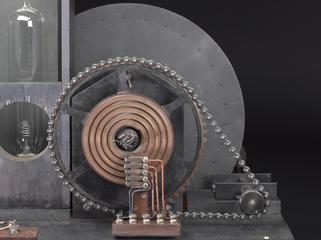Realistic 27 MHz 4-watt 40-channel handheld CB (citizens’ band) transceiver
Realistic 27 MHz 4-watt 40-channel handheld CB (citizens’ band) transceiver, or ‘walkie-talkie’, model TRC-1001, marketed by Tandy Corporation, Wolverhampton, UK
More
In the 1940s and 1950s demand grew in the USA for radio ‘walkie-talkie’ equipment for use by private citizens for purely utilitarian purposes. The need was met by the allocation of portions of the radio spectrum with relaxed conditions for operational use. This became known as Citizens’ Band. The use of CB by long-distance truckers in the 1970s led to a growing mythology surrounding its users. Demand for CB spread to the UK and the facility was granted by the UK government in 1981. This transceiver being donated was purchased by the donor’s father in 1982 to meet a need for calling emergency services while travelling in country districts. Within a decade such needs were met by mobile phones and in the UK the use of CB gradually subsided though the CB frequency band remains allocated.
- Measurements:
-
overall: 270 mm x 95 mm x 80 mm, .82 kg
- Materials:
- metal (unknown) and plastic (unidentified)
- Object Number:
- 2017-109/1
- type:
- transceiver




























